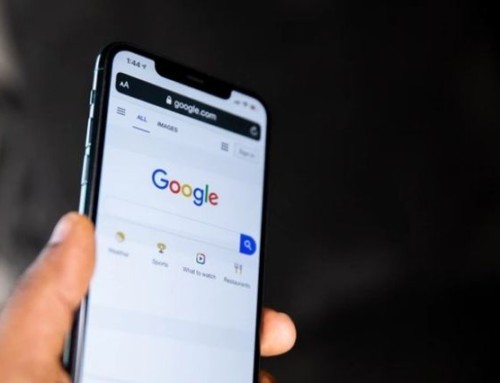There are several factors that make up a well-optimized site in the eyes of Google. One of those factors is image optimization. Unfortunately, it’s a step that even the savviest small business marketers often overlook. It’s no secret that images boost your marketing effectiveness yet poorly optimized images can actually detract from your efforts. Here are a few image optimization tips for better SEO.
What is image optimization?
 Image optimization, or image SEO, refers to the elements of on-page search engine optimization relating to image files. It involves all elements of a graphic such as a file name, size, and even positioning on the website. While hugely important for e-commerce sites due to the sheer number of images generally used on sites of that nature, all websites can benefit from using the fundamentals of image optimization.
Image optimization, or image SEO, refers to the elements of on-page search engine optimization relating to image files. It involves all elements of a graphic such as a file name, size, and even positioning on the website. While hugely important for e-commerce sites due to the sheer number of images generally used on sites of that nature, all websites can benefit from using the fundamentals of image optimization.
Why is image optimization important?
According to Search Engine Watch, optimizing your site’s images will help with your site’s UX, load time, and improve your site’s rankings in the regular SERPs as well as image search. Image SEO is especially important if your site has a significant number of images, and if not properly optimized you will be missing out on lots of potential traffic and rankings. Its importance will only grow as visual search becomes more prevalent. Google and Bing both use for visual search, so now is the time to focus on making sure your images are properly optimized. Below are a few areas to focus on when optimizing images.
Take some time to properly name your images
 Naming your images correctly is one of the easiest actions you can do towards better optimizing images. Use a naming convention that not only describes the image but also leverages good keywords that are relevant to the image. The name of an image file helps Google better understand what the image is about, so this is important! Ideally, rename the image before you upload it to your site, though there are programs that allow you to rename an image file once it is loaded into your library, depending on your platform.
Naming your images correctly is one of the easiest actions you can do towards better optimizing images. Use a naming convention that not only describes the image but also leverages good keywords that are relevant to the image. The name of an image file helps Google better understand what the image is about, so this is important! Ideally, rename the image before you upload it to your site, though there are programs that allow you to rename an image file once it is loaded into your library, depending on your platform.
Use alt text for your images
This is in addition to naming your file image, alt text is what shows if an image doesn’t appear correctly. It’s also helpful for the visually impair and for search engines, where you once again are helping images be identified. Alt text is typically added once an image is uploaded onto the site in your library. Alt text also known as alt attributes, alt descriptions, or alt tags, are used to describe the appearance and function of an image on a page.
Use the correct image file type
 While your site can use .png, .gif, or JPEG, JPEG tends to be the best option as it’s the format that provides the best options for maintaining image quality when compressed or resized. JPEG is the best option format as it keeps file sizes small without losing image quality and it is also universally supported.
While your site can use .png, .gif, or JPEG, JPEG tends to be the best option as it’s the format that provides the best options for maintaining image quality when compressed or resized. JPEG is the best option format as it keeps file sizes small without losing image quality and it is also universally supported.
Pay attention to file size
Many novice marketers find the best image and upload it to the site, never paying attention to the file size. Unfortunately, over time, that can really slow down a website! Your image file size plays an important role in how your site will. Having large file size images on your site can cause your site to load slowly; with page speed becoming a ranking factor, it’s even more important than before to make sure your site loads quickly, so file size is important! It’s why many savvy web dev people use JPEGs as much as possible on sites. Loading times of your site are important for both user experience and SEO, so make sure that you reduce your site’s image file sizes to ensure that you have a fast-loading site.
How to find images in need of optimization
There are several tools that can help spot images in need of optimization. Screaming Frog is a great (and free) tool that can help you find which images need alt text. For WordPress, programs such as Smush will point out which images need to be resized. If you want to make sure you’re using nothing but JPEGs on your site, a simple review of your library will quickly show you which images may need to be addressed.
These are just four simple ways small business marketing professionals can ensure your images are optimized. Following these steps alone will go a long way to better image SEO.
- Marketing Tactics That Your Small Business Can Do for Free - January 10, 2024
- How to Create Images for Your Small Business Website - December 6, 2023
- How Small Businesses Benefit from Referrals - November 6, 2023





